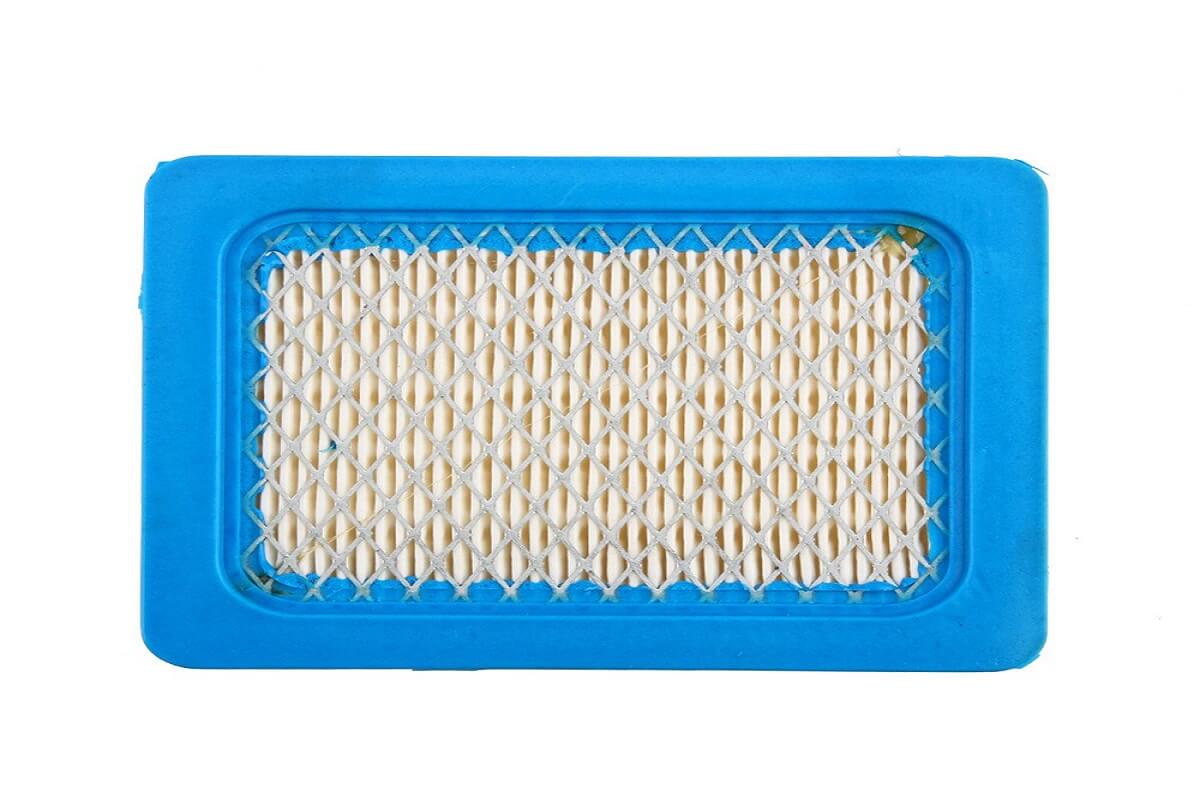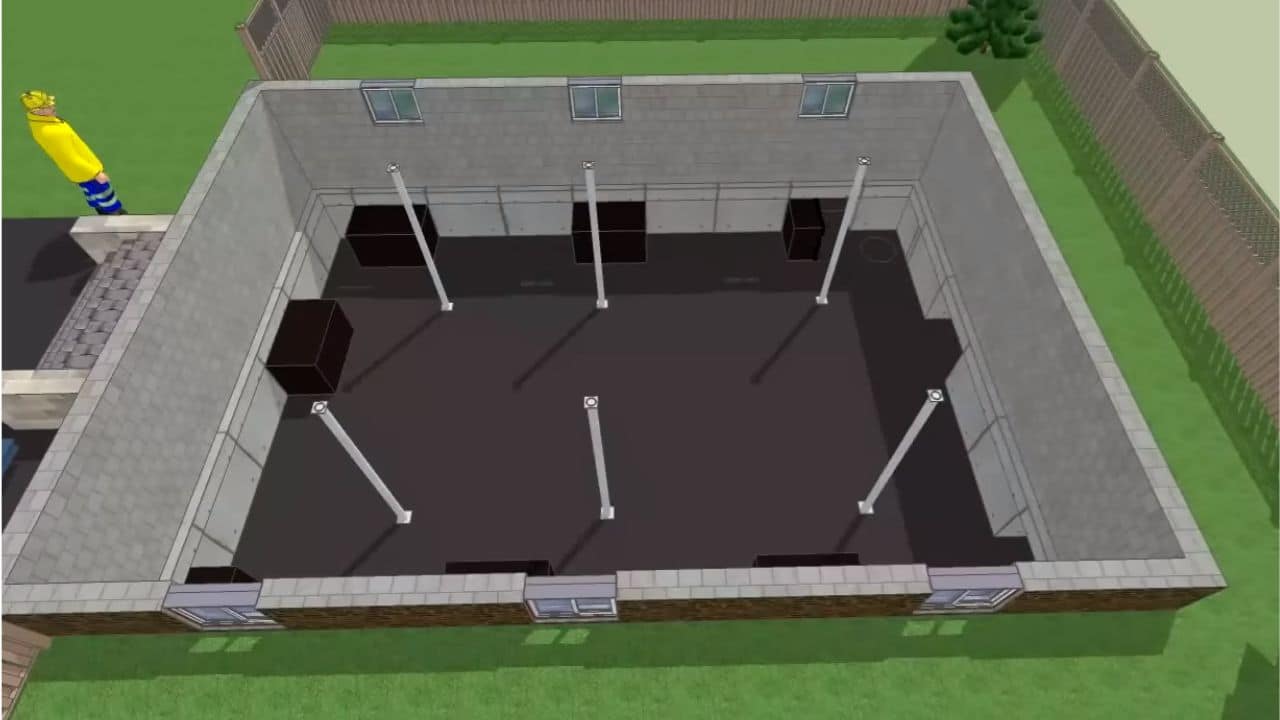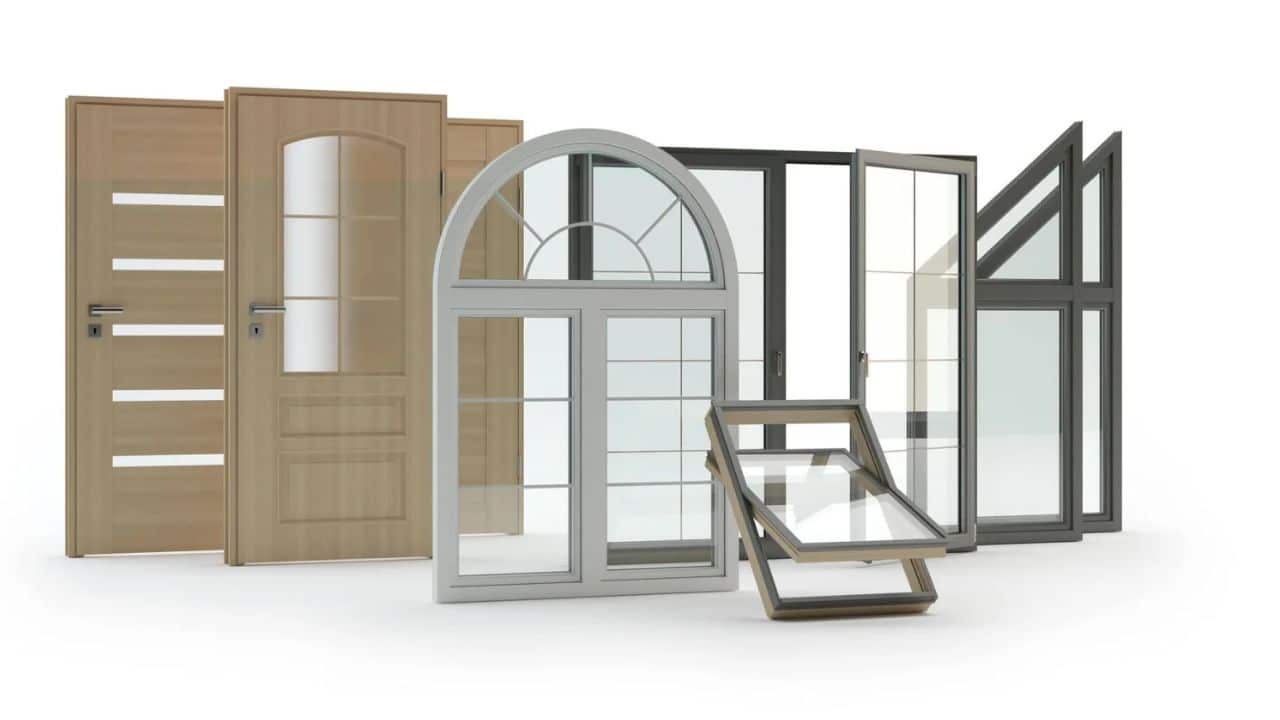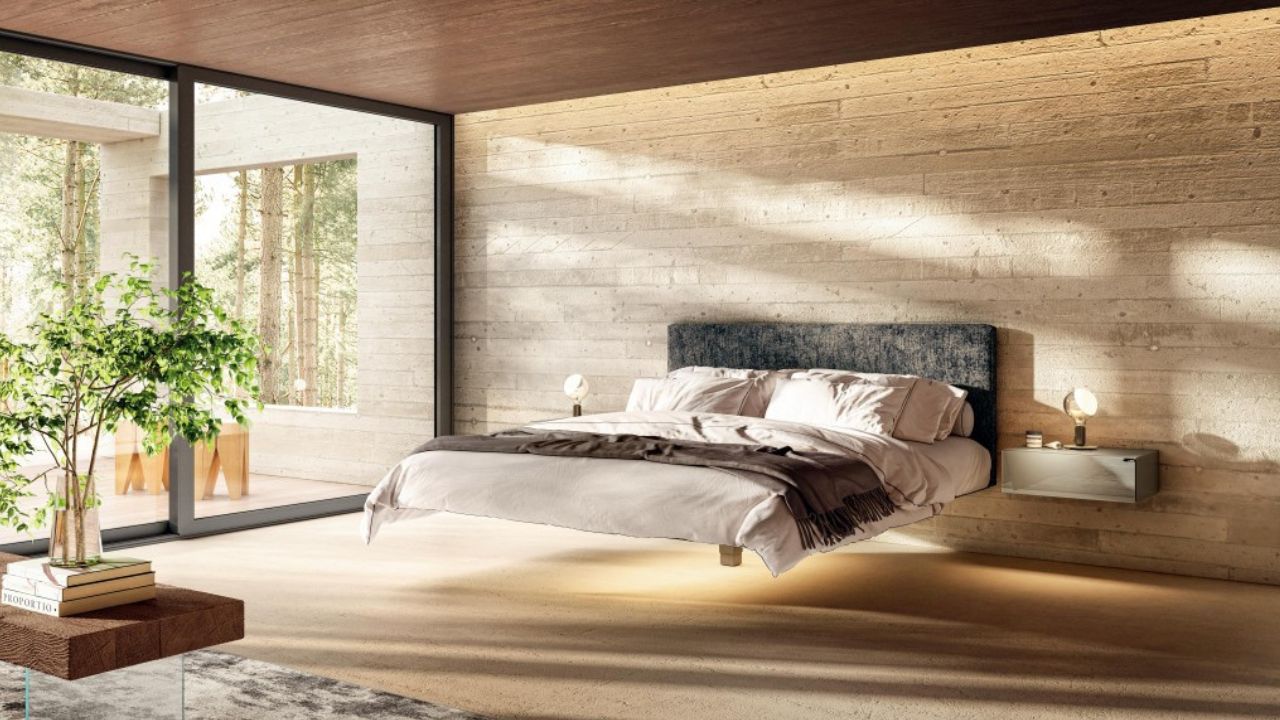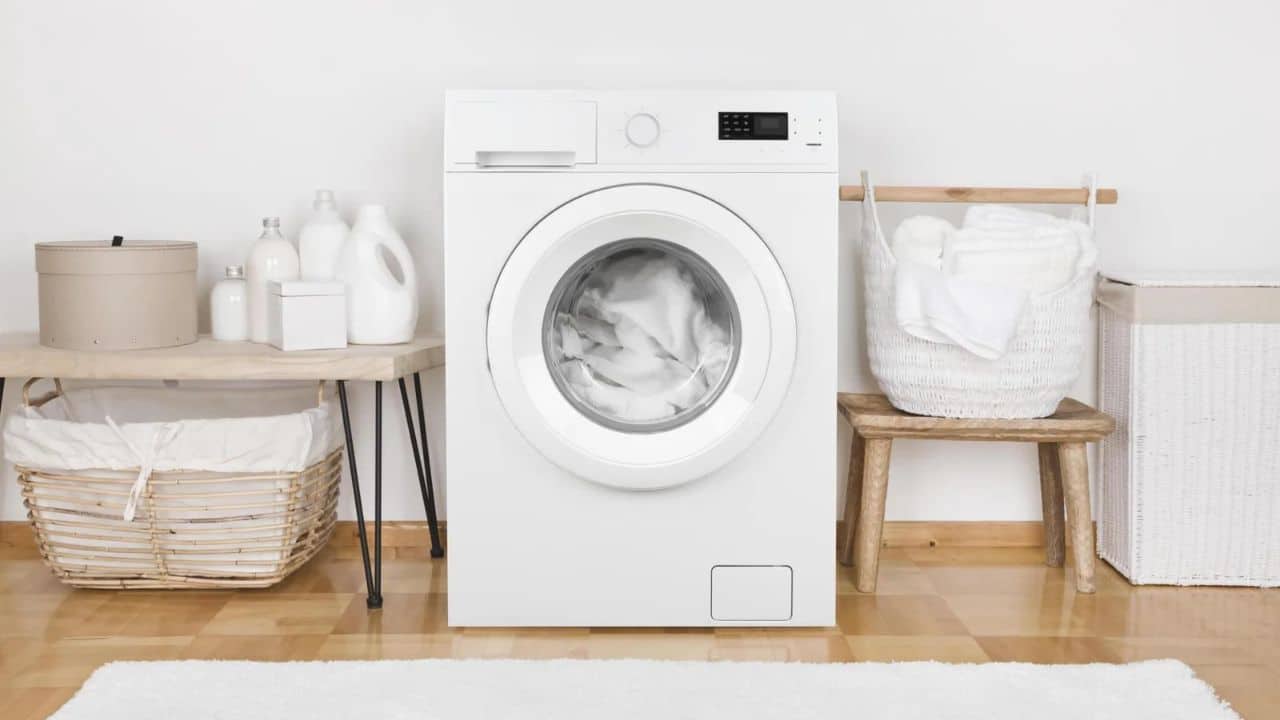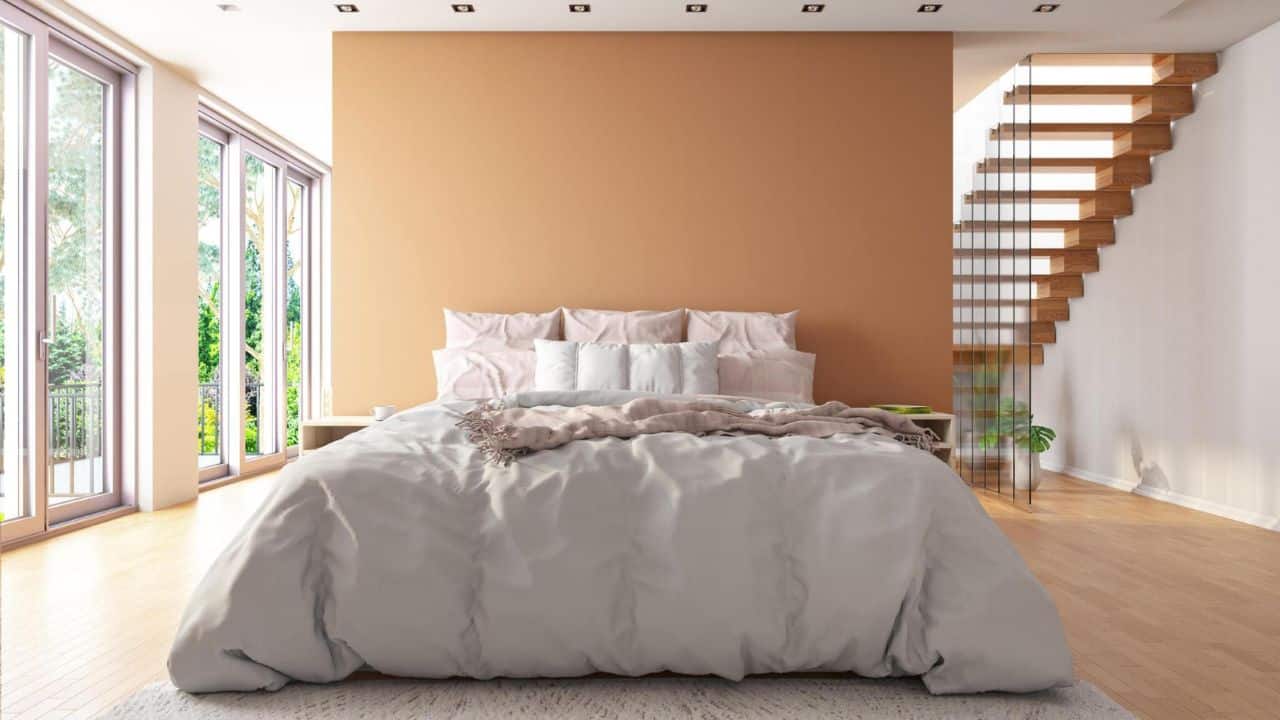Various air filter media types are available on the market, making it difficult to choose the best option for your facility. The wrong air filter can increase your facility’s dust, pollen, and other allergens. The best air filters are designed to remove a wide range of particles from the air. They should also be able to handle a large volume of air to keep your facility’s air clean and healthy.
Choosing the right type of filter for your specific needs is essential. For example, if you’re looking for a filter that will remove allergens from the air, you’ll need one specifically designed for that purpose. Here we will provide an overview of the most popular types of air filter media that will help to make an informed decision when choosing an air filter for your business.
Polyester Air Filter Media
One type of air filter media is polyester. Polyester filters are often used in commercial and industrial settings because they are effective at capturing both large and small airborne particles. This type of air filter is also relatively inexpensive and easy to find. However, polyester filters must be replaced frequently, as they can quickly become clogged with debris.
Pleated Air Filter Media
Another popular type of air filter media is pleated air filter media. Pleated air filters are made of a pleated paper or fabric material that allows for a greater surface area than non-pleated filters. This increased surface area results in better dust-holding capacity and improved filtration efficiency. In addition, a 16x20x1 furnace filter typically has a longer lifespan than non-pleated filters and only needs to be replaced every few months. However, pleated air filters can be more expensive than other air filters.
Fiberglass Air Filter Media
Fiberglass air filter media is another option to consider. Fiberglass filters are interwoven fibers that capture airborne particles as they pass through the filter. This filter is often used in residential settings because it is relatively inexpensive and easy to find. However, fiberglass filters do not last long and need to be replaced monthly. In addition, fiberglass filters can release harmful fibers into the air if they are not properly maintained.
Carbon Air Filters
Carbon air filters work to remove harmful particles and contaminants from the air. They work by adsorbing the particles onto the surface of the carbon fibers. The carbon air filter can clean and purify the air by trapping these particles in the filter media. Some common examples of harmful particles that a carbon air filter can remove include smoke, dust, pet dander, and pollen.
It’s important to note that not all carbon filters are created equal. Some carbon filters are better at removing certain types of contaminants than others. For example, activated charcoal is good at removing organic compounds like VOCs (volatile organic compounds), while other carbon filters are better at removing particles like dust and smoke. The disadvantage of carbon air filters is that they eventually become saturated and need to be replaced.
The Bottom Line
When choosing an air filter for your facility, there are some very important factors to keep in mind. Cost is obviously a key consideration, but you must also consider filter efficiency and replacement frequency. Considering all these things will help improve indoor air quality and keep your occupants healthy and productive.

